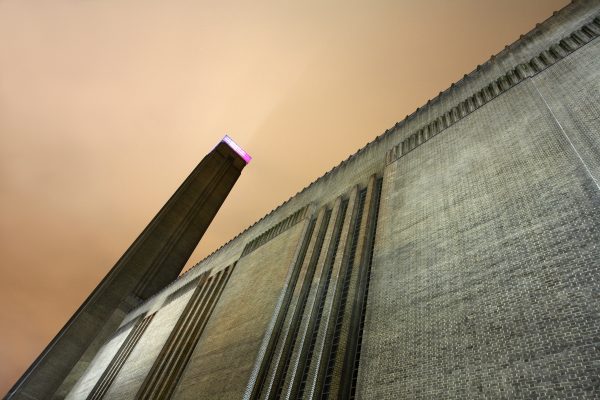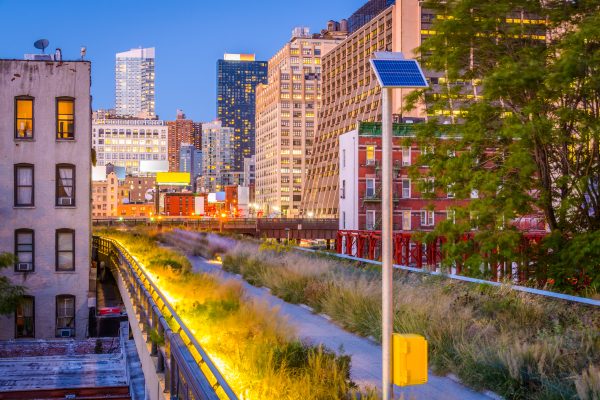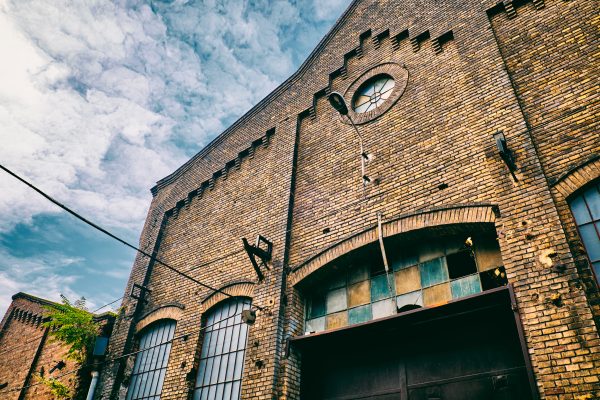In cities across the globe, old buildings often stand as silent witnesses to the passage of time. Many of these structures, once bustling with life and activity, have fallen into disuse. They have been left to weather the elements and the march of progress. However, rather than allowing these architectural treasures to fade into obscurity, a growing movement is championing their revitalization through a practice known as adaptive reuse. Additionally, according to United Nations, nearly 68% of the world’s population is expected to live in urban areas by 2050, putting pressure on cities to optimize space and resources. Adaptive reuse offers a sustainable solution by repurposing existing structures instead of building new ones. This innovative approach breathes new life into old buildings and structures. It transforms them into functional, modern spaces while preserving their historical and cultural significance.
What is Adaptive Reuse?
Adaptive reuse refers to the process of repurposing old buildings and structures for new uses. Rather than demolishing these structures and starting anew, adaptive reuse seeks to retain as much of the original building as possible, both in terms of structure and aesthetics. This practice is not just about saving old buildings. It’s about reimagining and reinterpreting them to meet contemporary needs. Whether it’s converting a century-old factory into modern office spaces, transforming an abandoned church into a vibrant community center, or turning a disused railway station into a trendy market, adaptive reuse offers endless possibilities for creativity and innovation.
At BizForce, we understand the importance of adaptive reuse in today’s architectural landscape. As a leading architecture staffing company, we specialize in connecting firms with skilled architects who have the expertise and vision to bring these transformative projects to life. Our professionals are adept at blending historical preservation with modern design, ensuring that every adaptive reuse project not only respects the past but also meets the demands of the present. Whether your project involves revitalizing a historic landmark or reimagining an industrial space, BizForce can provide the talent needed to execute your vision with precision and creativity.
The Benefits of Adaptive Reuse
Adaptive reuse offers a multitude of benefits that go beyond merely preserving old buildings. These benefits touch on environmental sustainability, economic viability, cultural preservation, and community revitalization.
Environmental Sustainability
One of the most significant advantages of adaptive reuse is its contribution to environmental sustainability. Demolishing a building and constructing a new one generates a considerable amount of waste. It consumes energy and depletes natural resources. By contrast, adaptive reuse reduces the environmental footprint of a project by conserving the embodied energy in the existing structure—energy that was originally expended in materials, construction, and maintenance. This practice minimizes waste and reduces the demand for new construction materials. What’s more, it aligns with the growing global emphasis on sustainable development.
Economic Viability
While renovating an old building may require a significant upfront investment, the long-term savings with adaptive reuse can be substantial. For instance, older buildings often occupy prime real estate in well-established areas. Therefore, developers can capitalize on existing infrastructure, utilities, and community resources. Furthermore, adaptive reuse projects often qualify for tax incentives, grants, and other financial incentives designed to encourage the preservation of historic buildings, further enhancing their economic appeal.
Cultural Preservation
Old buildings often carry significant historical and cultural value. They represent the architectural styles, craftsmanship, and societal values of their time. By repurposing these buildings, adaptive reuse helps preserve the cultural heritage of a community. Repurposing maintains a tangible link to the past while accommodating present-day needs. This approach respects the historical significance of these structures, allowing them to continue to tell their stories in a modern context.
Community Revitalization
Adaptive reuse projects can play a crucial role in revitalizing neighborhoods and communities. By transforming abandoned or underutilized buildings into vibrant, functional spaces, these projects can attract new businesses, residents, and visitors, sparking economic growth and social engagement. Adaptive reuse often brings renewed energy to areas that may have been in decline. What’s more, it fosters a sense of community pride and investment.
Challenges of Breathing New Life into Old Buildings
While the benefits of adaptive reuse are clear, the process is not without its challenges. These challenges can range from structural issues to regulatory hurdles and the need to balance preservation with modernization.
Structural Integrity
One of the primary challenges of adaptive reuse is ensuring the structural integrity of the building. Many old buildings may suffer from deterioration and outdated materials. Some construction methods do not meet modern standards either. Renovating these structures to make them safe and functional can be a complex and costly endeavor. It would require specialized expertise and careful planning.
Regulatory Compliance
Another challenge is navigating the regulatory landscape, particularly when it comes to buildings with historical significance. Preservation laws and building codes may impose restrictions on what can and cannot be altered. Therefore, this can complicate the renovation process. Additionally, bringing an old building up to code—whether for safety, accessibility, or energy efficiency—can be both time-consuming and expensive.
Balancing Preservation and Modernization
Striking the right balance between preserving the historical character of a building and adapting it for modern use is perhaps the most delicate challenge of adaptive reuse. Architects and developers must make thoughtful decisions about which elements to retain, restore, or modify, ensuring that the building’s original essence is preserved while making it functional for contemporary needs.
Notable Examples of Adaptive Reuse
Across the world, there are many inspiring examples of adaptive reuse that demonstrate the potential of this practice to create dynamic, modern spaces while preserving historical significance.
The Tate Modern, London

One of the most iconic examples of adaptive reuse is the Tate Modern in London. Originally built as the Bankside Power Station, this industrial structure was transformed into one of the world’s leading contemporary art museums. The building’s original exterior, including its towering chimney, was preserved, while the interior was reimagined to house expansive galleries and public spaces. The Tate Modern is now a cultural landmark, attracting millions of visitors each year.
The High Line, New York City

The High Line is a striking example of adaptive reuse in urban planning. Once an elevated railway line, the structure was abandoned and fell into disrepair. Instead of demolishing it, the city of New York transformed it into a linear park that runs through several neighborhoods. The High Line has become a beloved public space. It now offers green space, art installations, and stunning views of the city. At the same time, it preserves a piece of the city’s industrial history.
Conclusion

Adaptive reuse is more than just a trend in architecture. It is a vital approach to building a sustainable and culturally rich future. By breathing new life into old buildings, adaptive reuse preserves the stories and craftsmanship of the past while meeting the needs of the present. As more architects, developers, and communities embrace this practice, we can expect to see more innovative and inspiring projects that honor the past while paving the way for a brighter, more sustainable future.
Ready to bring your adaptive reuse projects to life? Partner with BizForce and access top-tier architects who are experts in blending historical preservation with innovative design. Our architects are passionate about creating sustainable, culturally rich spaces that honor the past while meeting today’s demands. Whether you’re revitalizing a historic landmark or transforming an industrial space, BizForce has the talent you need to turn your vision into reality. Let’s build a brighter, more sustainable future together—reach out to BizForce today! Click here.
